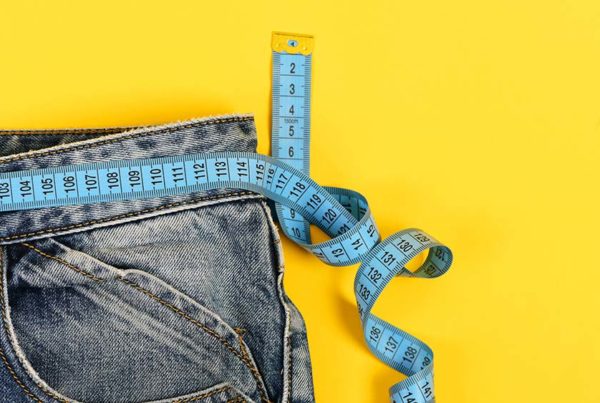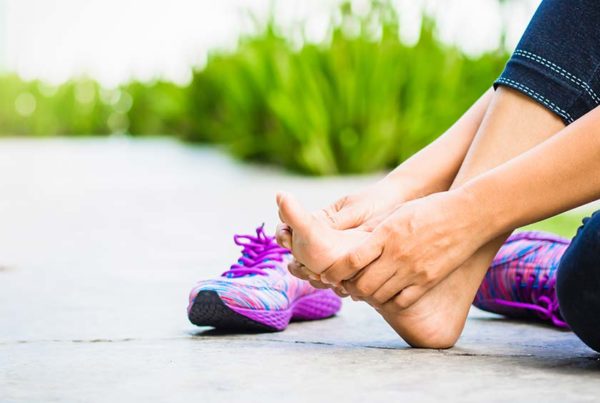You know what I’m sore about? There are too many people jumping on the barefoot bandwagon. The 3rd annual International Barefoot Running Day™ will be Sunday May 5, 2013, even though humans were running barefoot long before there was ever an international (that’s millions of years).
Nonetheless, millions of people, some reports are that the numbers are in the billions, take off their shoes on that fine day. That’s not even counting those who don’t have shoes. But it does include those who can’t afford shoes, but buy them anyway. (Or those that steal them, but they probably don’t take them off that much.)
I’m celebrating by keeping my shoes off (like most days). The first two IBRDs I created music videos (see “Barefoot in American” and “Barefoot in the UK”).
There have been so many conditions that being barefoot benefits, supposedly. It seems to cure what ails you (read more about this on my Barefoot page). Certainly, at least, it fixes most of the injuries people have been continually getting since shoe marketers went mainstream. Whether it’s the first metatarsal jam, wrecking your perceived exertion, using up more oxygen from their weight, shoes don’t get much respect except from the people they hurt most, it seems.
I was browsing the medical library recently (I don’t have a TV), and found an interesting study that measured the tension in the neck muscles as a result of wearing shoes. Those with thicker and higher heels had tighter neck muscles. That was interesting, but not surprising. My first thought was that tight muscles in the back of the neck can be associated with weak ones on the front—the very pattern observed in whiplash injury. If you mention this study to a group of barefoot runners, they’ll just shake their heads and say, “Oh, yea, we knew that.”
Some of the folks on the barefoot bandwagon are wearing minimalist shoes. Somewhere this has been deemed acceptable, except, of course, for barefooter’s. So the barefoot bandwagon—a section in the back—is reserved for the minimalist shoe movement too. If we didn’t have a media, most people would not know about the minimalists. I heard about it word of mouth. I also heard some companies were just retrieving their high-inventory shoes that wouldn’t sell and bragging about how good the company is to the earth for being on the barefoot bandwagon (at least, in the minimalist section). They are even allowed to call their products barefoot shoes. Now, that’s interesting.
Of course, minimalist shoes also encourage many untold benefits. Why doesn’t anyone ask the big companies, “Are the benefits of these shoes the cure for wearing all the other shoes you sell to people?” OK, now I’m getting a bit, well, nasty. Public companies that make shoes are not health care providers. They just sell shoes. They don’t even really make them, people in other countries who don’t have shoes do. I could hear the press conference now, by some big-shoe marketing exec: “People choose to do with our shoes what they want. And if they get hurt from wearing them, it’s their responsibility. Shoes don’t injury people, people do.” (Didn’t the tobacco executives also make that argument?)
While browsing the medical library I saw another study whose title was in the form of a question (isn’t that the purpose of a study—to answer the question?): “Is there an association between the use of heeled footwear and schizophrenia?” I doubled checked to make sure the Internet hadn’t pulled a quick one on me, whisking me away to another site in the middle of a blink. But no, there were no flashing lights and screaming ads, all’s quiet in the library.
Actually, there are scientists and other doctors who would answer “yes” to this title question, based on certain evidence presented in other studies. This particular researcher is from Sweden, and he states that, “Heeled footwear began to be used more than a 1,000 years ago, and led to the occurrence of the first cases of schizophrenia.” He goes on the give some interesting explanations of this theory, including many references, and it was published in the prestigious journal Medical Hypothesis.
This researcher was persistent—many just go on to other topics once they get their papers published. Several years later, in another publication, this same author discussed other brain abnormalities associated with bad shoes. He states that, “The use of heeled shoes results in less eccentric contractions with decreased neurogenesis.” He really meant to say that shoes impair the foot muscles, which in turn stimulate the brain less than with flat or no shoes, with the result that less neurons are produced, injuring the brain.
If you mention this study to a group of barefooter’s, and say that shoes can cause hallucinations, they’ll shake their heads and say, “Yea, we knew that.”








